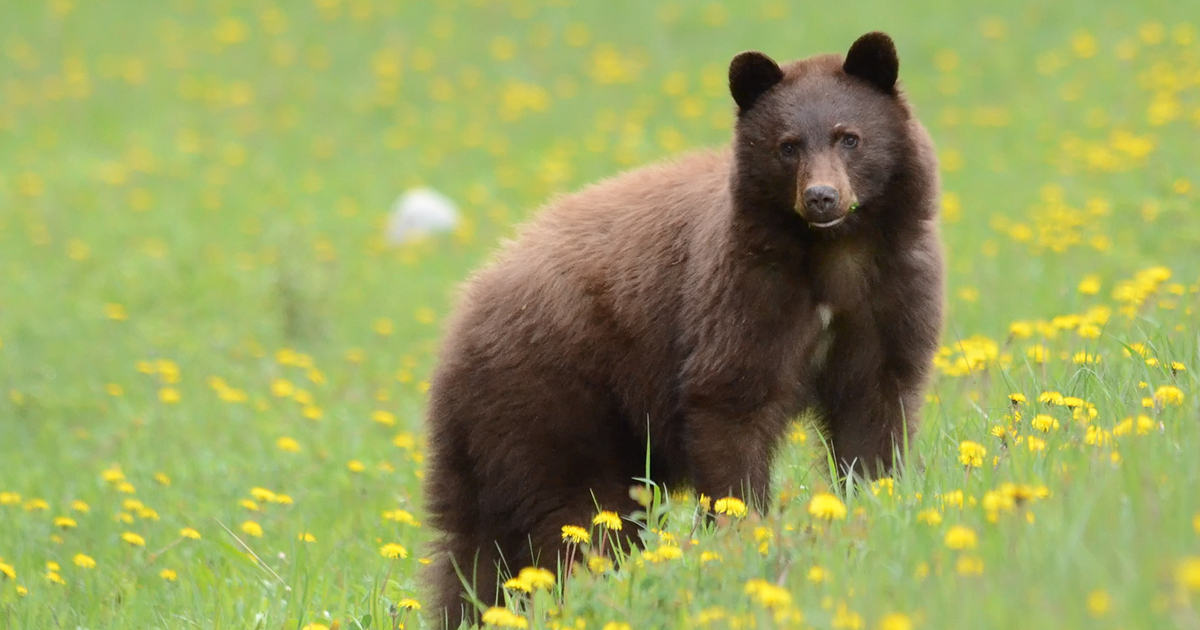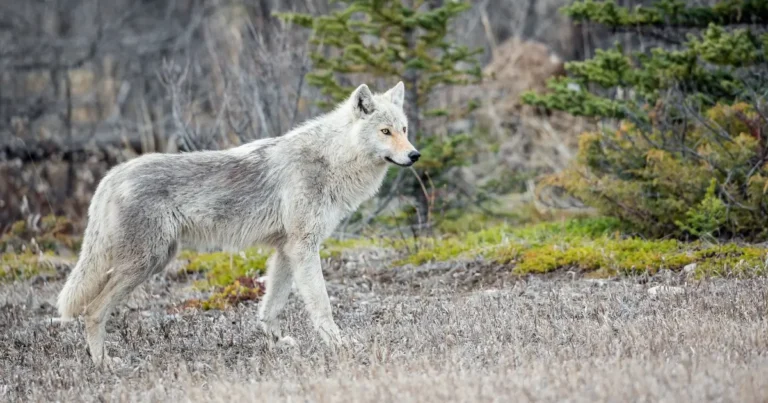
A young bear bit a young person in British Columbia. The experts on the ground all agree it’s a result of humans causing a change in behaviour through feeding and other missteps. Volunteers are handing out information and asking media to relay messages of safety to protect everyone – wildlife included.
But when they acknowledge that they educate, leave and return to find the problems still occurring, a question arises: what do we do next?
Call in the Province!
The B.C. Conservation Officer Service (BCCOS) expects to manage wildlife conflict across the province. They want all “dangerous wildlife” sightings reported. They don’t say what “dangerous wildlife” is, but we’re pretty sure it includes bears (who aren’t actually dangerous). They ask everyone to call their Report All Polluters and Poachers (RAPP) Line. Then what?
Statistically, the BCCOS is unlikely to respond to your call. For example, in June 2020 (latest available data), there were 3,068 calls related to black bears. Officers attended 443 calls (actually went and investigated or did something); this means one in eight times (14.4%) people called about black bears, an officer showed up. Of those times officers showed up, nearly one in five times (17.6%) a bear was killed. While some management-types may want to argue these numbers to improve the public viewpoint of them, numbers don’t lie. We’d include how many tickets, fines and orders were issued, too, but those aren’t publicly available (and we haven’t received our latest Freedom of Information Act request data).
We do know that the BCCOS is capable of investigating and issuing fines, as documented in "attractant audits” they did in Prince George in 2019. But we also know they don’t always. Freedom of Information documents showed that from January to June 2019, the BCCOS issued only 33 Dangerous Wildlife Protection Orders, and 12 tickets and fines; from April to May 2019, the BCCOS killed 113 black bears.
We’re waiting on newer data; however, there’s a history of mistrust between the BCCOS and the public given their propensity of making decisions about what should happen to wildlife before investigating (examples one, two and three). There’s also enough anecdotal evidence that suggests tickets, fines and orders aren’t what the BCCOS wants to be doing.
So: what do we do next?
Call in the Experts!
Everyone agrees about what’s happening with human-caused conflict and bears in British Columbia: attractant rules aren’t being followed, which causes bear behaviour to change, which results in the BCCOS killing bears.
Whether it’s the BCCOS, The Fur-Bearers, other NGOs or individuals, we all agree that education is vital. Like many other non-profits who fill a vacuum sometimes left by government, The Fur-Bearers designed and has printed/distributed thousands of educational “door-hanger” brochures that can be left in targeted neighbourhoods. These are a great tool.
The Fur-Bearers has also run a radio ad campaign, wrote, produced and posted a music video, issued numerous press releases and regularly post content regarding attractant management and wildlife safety. We’re not alone in these efforts.
Yet the number of bears finding themselves in trouble with communities because residents refused to follow rules hasn’t gone down.
We even know that, ultimately, education has a limit.
Carrot or Stick?
A 2011 paper by Sharon Baruch-Mordo (Baruch-Mordo et al https://doi.org/10.1371/journal.pone.0015681) suggests that education is preferred, but ultimately unsuccessful without enforcement.
“Researchers found that increasing detection of violations, followed with proper enforcement actions, will best improve compliance with wildlife protection laws,” Baruch-Mordo et al wrote in reference to other research, and that based on the results of their study, to achieve compliance “that proactive enforcement in the form of notice application is necessary.”
It seems straight-forward enough: if a stop sign in your town is being ignored, you can send out as many letters as you like; but an enforcement tool (officer, camera, etc.) will likely drive home the message and achieve actual change.
While the BCCOS has a duty to assist is ultimately responsible for enforcing the Wildlife Act and provisions related to attractant management and dangerous human behaviour leading to changes in wildlife behaviour, municipalities sometimes need to step in, too.
But, as seems to be thematic with wildlife conflict in British Columbia, exactly who is responsible for what and when is hazy. Some municipalities have attractant by-laws and some do not. Some accept that they must find funding for by-law enforcement and take on what has long-been a provincial responsibility and some do not. Clarity from the Ministry of Environment on this or funding-related issues for municipalities picking up the slack have not been forthcoming.
What do we do next?
A quick review: bears are being killed because of human behaviour; one of the primary tools (enforcement) to change some human behaviour isn’t being used, nor are the people with the authority to use it clearly passing on the responsibility or related funding; education is ongoing, but can’t fix the problem alone.
What do we do next?
We make noise. We ask the hard questions. We push back against media sound bytes. We file Freedom of Information documents and complaints to hold a failing system accountable. Wildlife in British Columbia needs help, not bullets. It’s time for British Columbia to step up their response to attractant-related issues with a province-wide initiative that clearly outlines:
- Municipalities are or are not responsible for attractant-related laws (and will be given the funding, training and other tools to do the job);
- Municipalities be given authority to create local by-laws surrounding wildlife issues such as trapping;
- The BCCOS should be issuing orders, fines and tickets, particularly when there is a clear failure from landowners to meet basic standards that protect their communities;
- Language across the BCCOS, provincial and municipal websites be consistent and aligned with best practices that aren’t fear-mongering (such as “dangerous wildlife”, understanding that not all behaviour is aggressive, and that it’s easy to find multiple variations on who and when the RAPP line should be called); and,
- The BCCOS establish third-party oversight that can, in part, review the decisions to kill wildlife and determine what steps were taken first and if their own policies were followed.
British Columbia can do better for wildlife. And it starts by acknowledging where it isn’t doing good enough.
